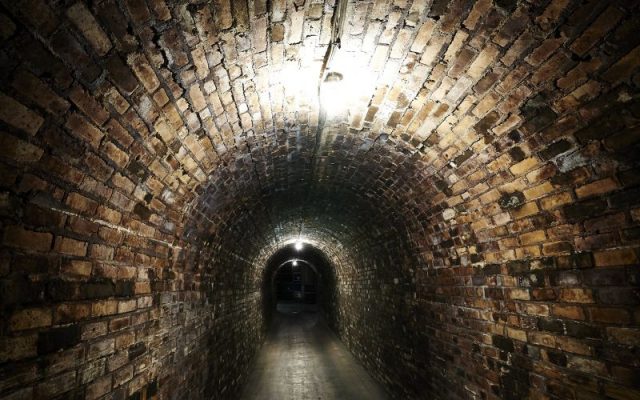This website uses cookies so that we can provide you with the best user experience possible. Cookie information is stored in your browser and performs functions such as recognising you when you return to our website and helping our team to understand which sections of the website you find most interesting and useful.
Champagne Gardet digs 25m tunnel to bring abandoned wine cellar back to life
Champagne Gardet, located in Chigny-les-Roses, plans to renovate a neighbouring cellar which has remained abandoned for a century, digging a tunnel 15m underground and 25m long to connect the two houses.

The tunnel will connect the abandoned Champagne cellar to Gardet’s own, increasing storage and production space once renovations have been undertaken.
The cellars are spread over three levels with a total surface area of 800m². Renovations will begin with the repair of the cellar’s earthen floors in order to secure the premises and bring them up to current standards.
Once secured, Gardet plans to install electricity in the form of LED lamps powered by solar panels.
Then plans to link the two cellars can begin. Champagne Gardet is set to dig a 25m-long tunnel, 15m underground in order to connect the two spaces.
The project was started by general manager Olivier Legendre, who became interested in the neighbouring house, which has remained abandoned since the early 1900s.
The cellars, which originally belonged to Champagne Legros-Pagnon, founded in 1840, have now been acquired by Champagne Gardet.
Archives indicate that the majority of Champagnes from the house were exported, to other European countries including Austria, Germany, Spain and the UK.
The House of Pagnon was also a licensed supplier to the Court of Spain, at a time when there were only 83 official suppliers to the Court. Later, the House became a patented supplier to the Court of Portugal after the brand changed its name to Champagne Legros-Pagnon following the marriage of Léon Achille Legros and Elvine Célina Pagnon.
Champagne Gardet now plans to give a second life to these cellars that have been dormant for close to a century, with building work starting in March 2023.
In other news, after years of relative stability, Champagne’s secondary market has morphed into a rollercoaster over the past 12 months – so what’s going on? Read more here.
Related news
A 'challenging yet surprising' vintage for Centre-Loire in 2024

